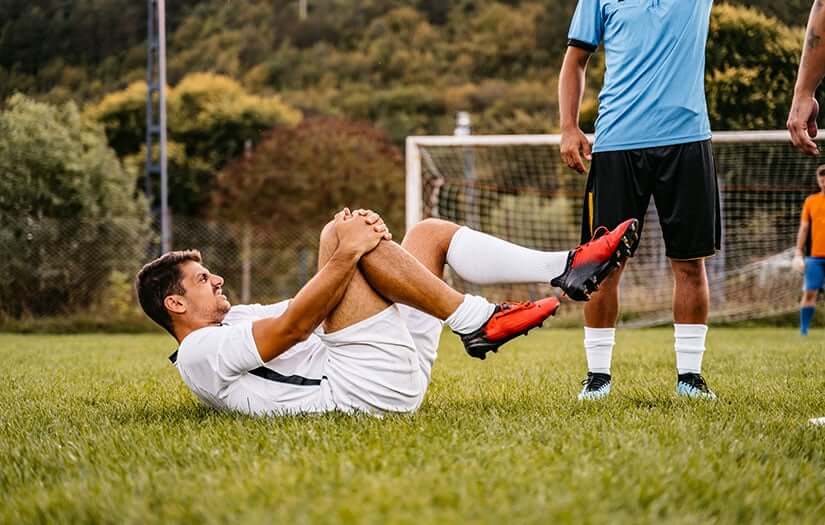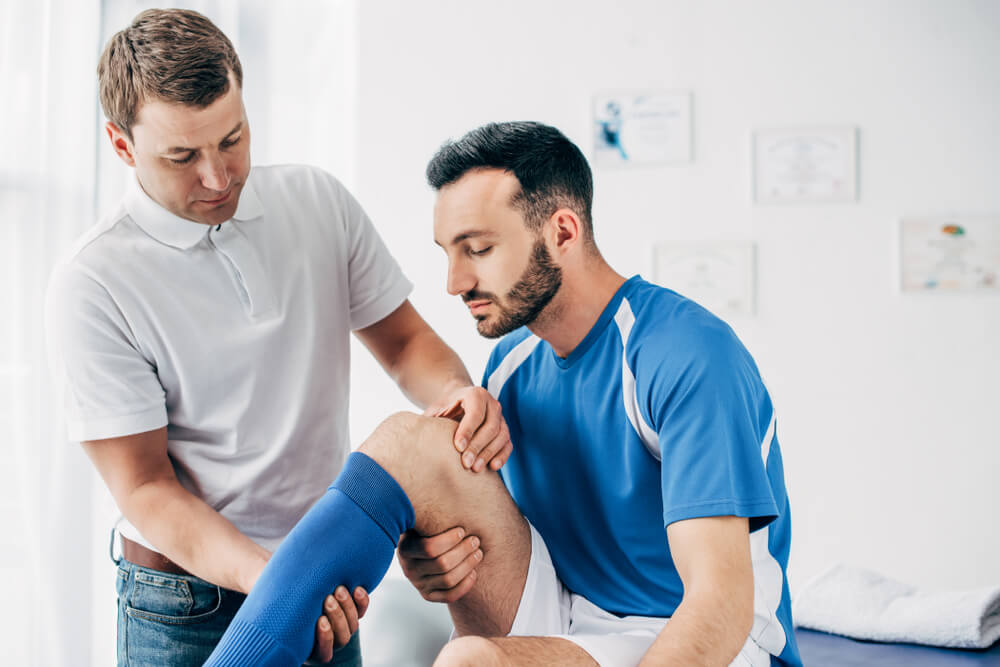Beyond the Game: Specialty Care for Optimal Recovery from Sports Injuries
For athletes, the playing field is a stage for pushing boundaries, showcasing talent, and striving for victory. However, this pursuit of excellence comes with an inherent risk of injuries. From sprains and strains to fractures and dislocations, sports injuries can occur in various forms and affect athletes of all levels. While minor injuries might heal with rest and self-care, more complex sports injuries necessitate specialized care from sports medicine professionals. Sports medicine is a dedicated field within medicine that focuses on preventing, diagnosing, and treating sports-related injuries. By seeking such specialty care, athletes can benefit from a comprehensive approach to recovery, ensuring a faster return to their sport and minimizing the risk of long-term complications.
Why Choose Specialty Care for Sports Injuries? The Advantages of a Comprehensive Approach
Expert Evaluation and Diagnosis:
Sports medicine professionals, including physicians, physical therapists, and athletic trainers, possess the expertise to conduct a thorough evaluation of your sports injury. This evaluation might involve a physical examination, reviewing your medical history, and ordering imaging tests like X-rays or MRIs to determine the extent of the injury and the underlying structures involved.
Tailored Treatment Plans:
Sports medicine specialists understand the unique demands of various sports and the specific needs of athletes. This allows them to develop personalized treatment plans that address not only the injury itself but also consider the athlete’s goals and desired timeline for returning to their sport.
Faster and More Effective Recovery:
Specialty care can significantly expedite the recovery process from a sports injury. This often involves a combination of treatment modalities such as pain management, rehabilitation exercises, bracing or taping, and therapeutic modalities like ultrasound or electrical stimulation.
Reduced Risk of Re-Injury:
A comprehensive rehabilitation program offered by sports medicine professionals focuses on strengthening the injured area, improving flexibility and balance, and correcting any movement patterns that might have contributed to the injury in the first place. This reduces the risk of re-injury and helps athletes return to their sport with improved performance and injury resilience.
The Expertise of Sports Medicine Professionals: Guiding Athletes Through Recovery
Sports Medicine Physicians:
These are medical doctors who specialize in diagnosing and treating sports injuries. They possess in-depth knowledge of the musculoskeletal system and sports-specific injuries.
Physical Therapists:
Physical therapists design and implement personalized exercise programs to improve strength, flexibility, range of motion, and balance, all crucial for a complete recovery and optimal athletic performance.
Athletic Trainers:
Athletic trainers provide on-field care for athletes, including injury prevention techniques, immediate injury assessment, and rehabilitation guidance.
Treatment and Rehabilitation Approaches Offered by Sports Medicine Professionals: A Multifaceted Approach
Pain Management:
Sports medicine specialists might prescribe medication to manage pain and inflammation during the initial stages of recovery.
Rehabilitation Exercises:
A crucial element of sports injury recovery, rehabilitation exercises target the injured area and surrounding muscles to regain strength, flexibility, and stability.
Bracing and Taping:
Braces and tape can provide support and stability to the injured area, facilitating the healing process and promoting proper movement patterns.
Therapeutic Modalities:
Techniques like ultrasound, electrical stimulation, and therapeutic massage can help reduce pain and inflammation, promote healing, and improve tissue function.
Prioritizing Your Recovery: When to Seek Specialty Care for Sports Injuries
- Severe pain, swelling, or deformity
- Limited range of motion or inability to bear weight
- Persistent pain that doesn’t improve with rest
- A history of previous injuries in the same area


